When I first stumbled upon the world of British Colonial home decor, I was captivated by its unique charm and rich history. This style, which beautifully blends European elegance with tropical influences, transports you to a time when exploration was all the rage. In this comprehensive guide, I’ll take you on a journey through the essence of British Colonial style, providing tips, insights, and personal experiences to help you infuse your home with this timeless aesthetic.
Understanding British Colonial Home Decor
British Colonial decor emerged during the British Empire’s peak, characterized by an eclectic mix of styles from England and the tropical regions it influenced. This decor is more than a visual style; it tells a story of exploration, adventure, and the melding of cultures.
Characteristics of British Colonial Decor
Before diving into how to achieve this look, let’s explore its defining features:
- Natural Materials: Wood, wicker, and rattan are staples, often treated to enhance their natural beauty.
- Ornate Furniture: Think large, dark wood pieces with intricate carvings.
- Bold Textiles: This style embraces vibrant hues and patterns, from floral prints to animal motifs.
- Global Accessories: Use decor items sourced from various countries, showcasing the colonial influence.
- Open Spaces: British Colonial homes often feature high ceilings and open layouts, emphasizing light and airiness.
Key Elements of British Colonial Home Decor
Color Palette
The color scheme for British Colonial decor is derived from nature and the local landscapes, often featuring earthy tones, soft whites, and vibrant accents. Here’s a quick comparison of popular shades:
| Color | Description | Usage |
|---|---|---|
| Deep Mahogany | A rich, dark wood tone that adds warmth | Furniture, trim, accents |
| Bright Turquoise | A vibrant color reflecting tropical waters | Accent walls, accessories |
| Soft Cream | A neutral, airy tone that enhances light | Walls, upholstery |
| Earthy Greens | Inspired by lush foliage | Textiles, decor items |
Furniture Selection
Choosing the right furniture is essential to capturing the British Colonial style. Here are some tips:
- Wooden Pieces: Look for mahogany or teak furniture, perhaps a large dining table or an intricately carved armchair.
- Rattan and Wicker: Include these materials in your seating or storage solutions, such as a console or side tables.
- Vintage Finds: Scour flea markets or antique shops for unique pieces that add character.
Pros and Cons of British Colonial Decor
Pros
- Timeless elegance
- Rich historical context
- Versatile and adaptable to different spaces
- Encourages the use of natural materials
Cons
- Can be expensive due to high-quality materials
- Requires careful selection to avoid a cluttered look
- May not suit ultra-modern preferences
Incorporating British Colonial Decor in Your Home
Living Room
The living room is an excellent place to showcase British Colonial decor. Start with a statement sofa upholstered in a bold fabric, paired with a classic coffee table. Use wicker baskets for storage, and hang large botanical prints or maps of colonial territories on your walls for visual interest.
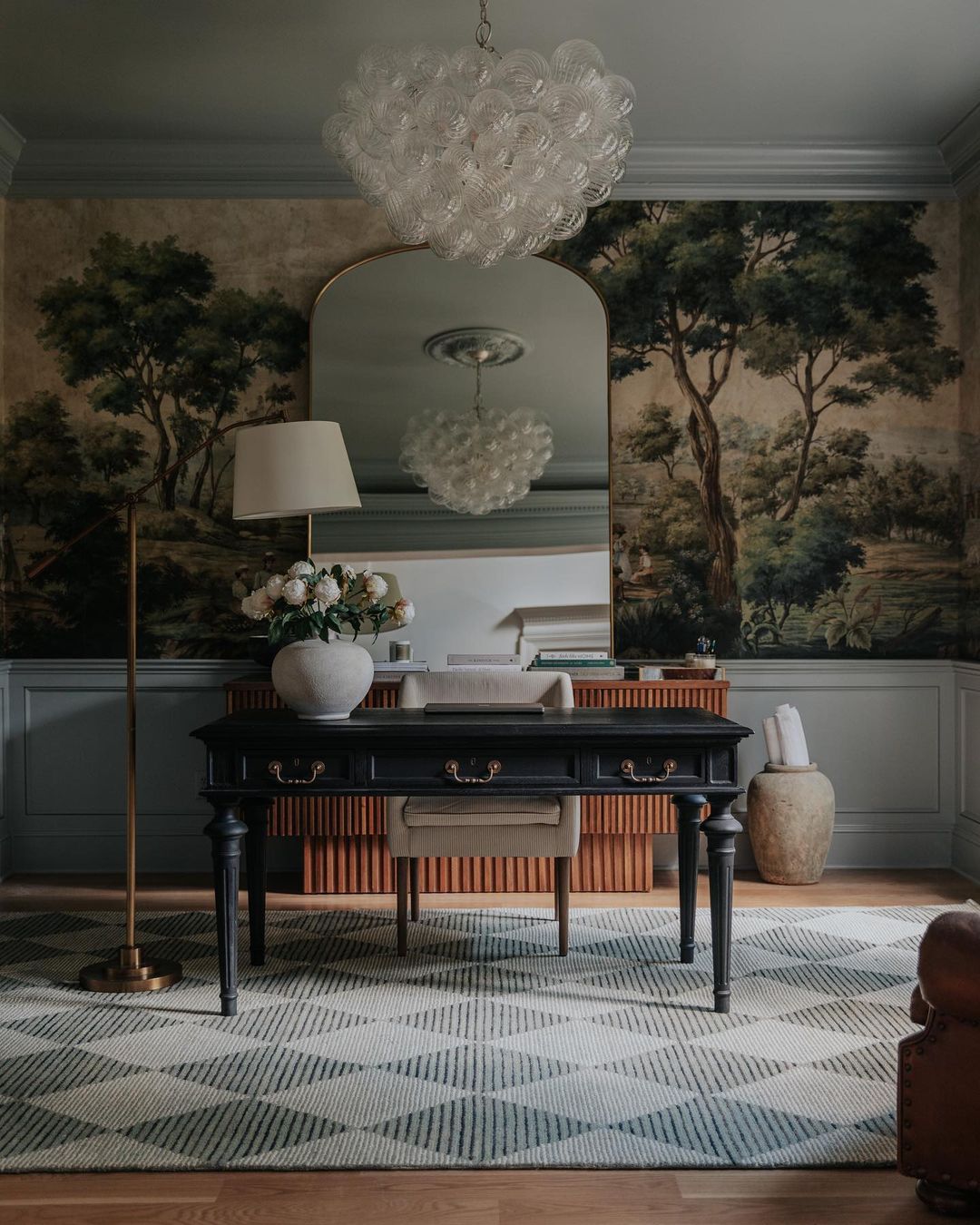
Dining Room
A dining table crafted from dark wood sets the tone for the dining room. Accent it with brass or silverware, and consider using woven placemats for a touch of texture. A striking chandelier or lantern can also add to the ambiance, throwing warm light across the space.
Bedroom
For bedrooms, opt for a four-poster bed that immediately evokes the colonial vibe. Layer your bedding with rich textiles and use antique dressers to store essentials. Bring in natural light with sheer curtains that flutter in the breeze.
Personal Experience with British Colonial Decor
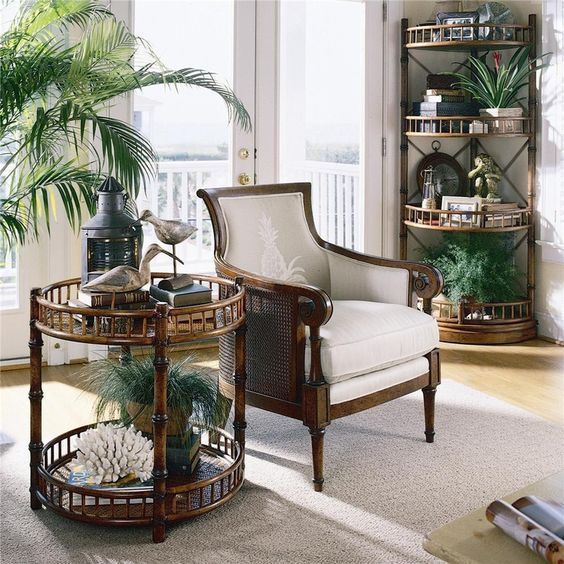
A few years ago, I renovated my living room to embrace the British Colonial style. I started by painting the walls a soft cream and finding a beautiful mahogany coffee table at a local antique shop. Layering textures with a rattan side table and plush textiles transformed the space into an inviting retreat. Incorporating elements like tropical plants and vintage maps not only added a personal touch but also connected the decor to its rich historical narrative.
Frequently Asked Questions (FAQs)

What is British Colonial decor?
British Colonial decor is a design style that combines European elegance with tropical influences, characterized by rich woods, natural materials, bold textiles, and an eclectic mix of cultural elements.
How can I achieve a British Colonial look on a budget?
Look for second-hand furniture, use natural materials like jute or cotton for textiles, and incorporate DIY elements or thrifted decor to embrace the style without overspending.
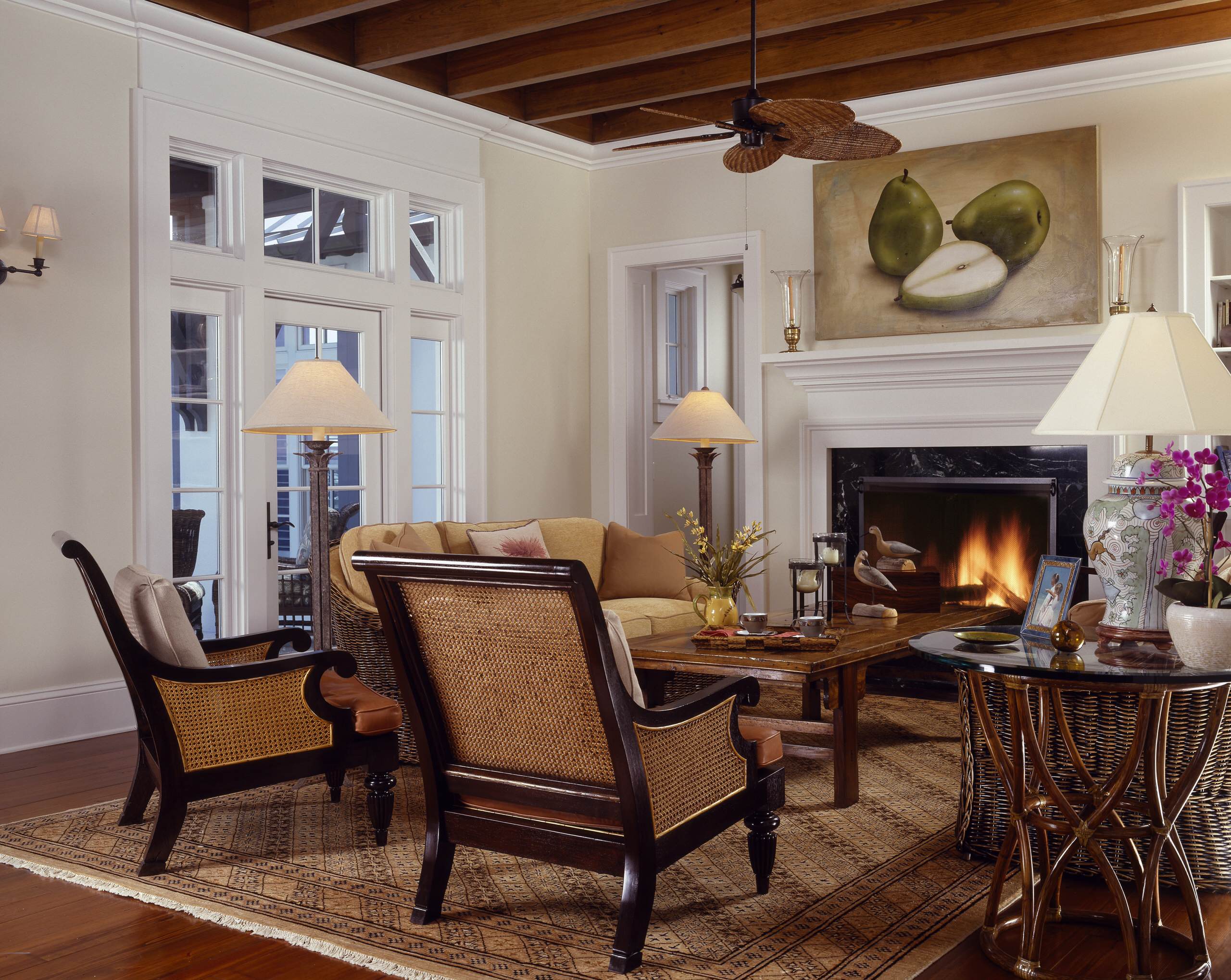
What kind of accessories should I use?
Opt for accessories that reflect a global influence, such as maps, globes, or decor items from different cultures. Consider incorporating materials like brass, ceramics, and woven items.
Can I mix British Colonial style with other decor styles?
Yes! British Colonial decor is versatile and can blend well with modern, rustic, or bohemian styles, allowing you to create a unique and personal space.
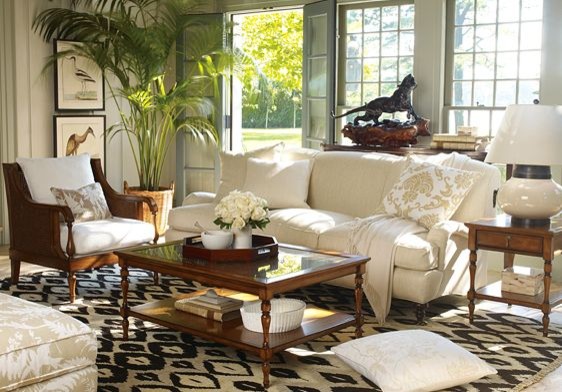
Where can I find British Colonial style furniture?
Look at antique stores, flea markets, online marketplaces like Etsy, or specialized home decor shops that focus on colonial or vintage styles.
Conclusion
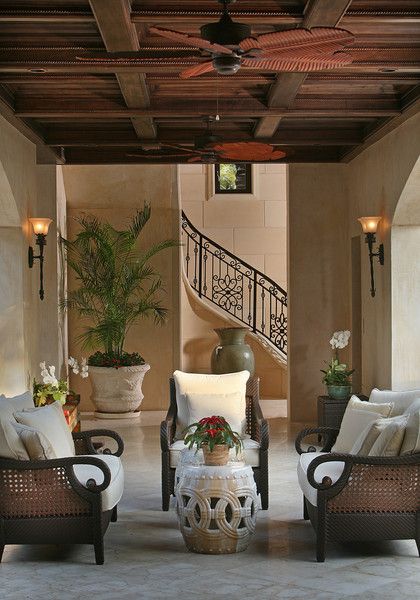
British Colonial decor offers a unique blend of history, elegance, and global influences. By carefully selecting colors, furniture, and accessories, you can create a warm, inviting space that tells a story. Whether you’re redecorating an entire room or just adding a few key pieces, I hope my journey through this style inspires you to embrace the allure of British Colonial decor in your own home.